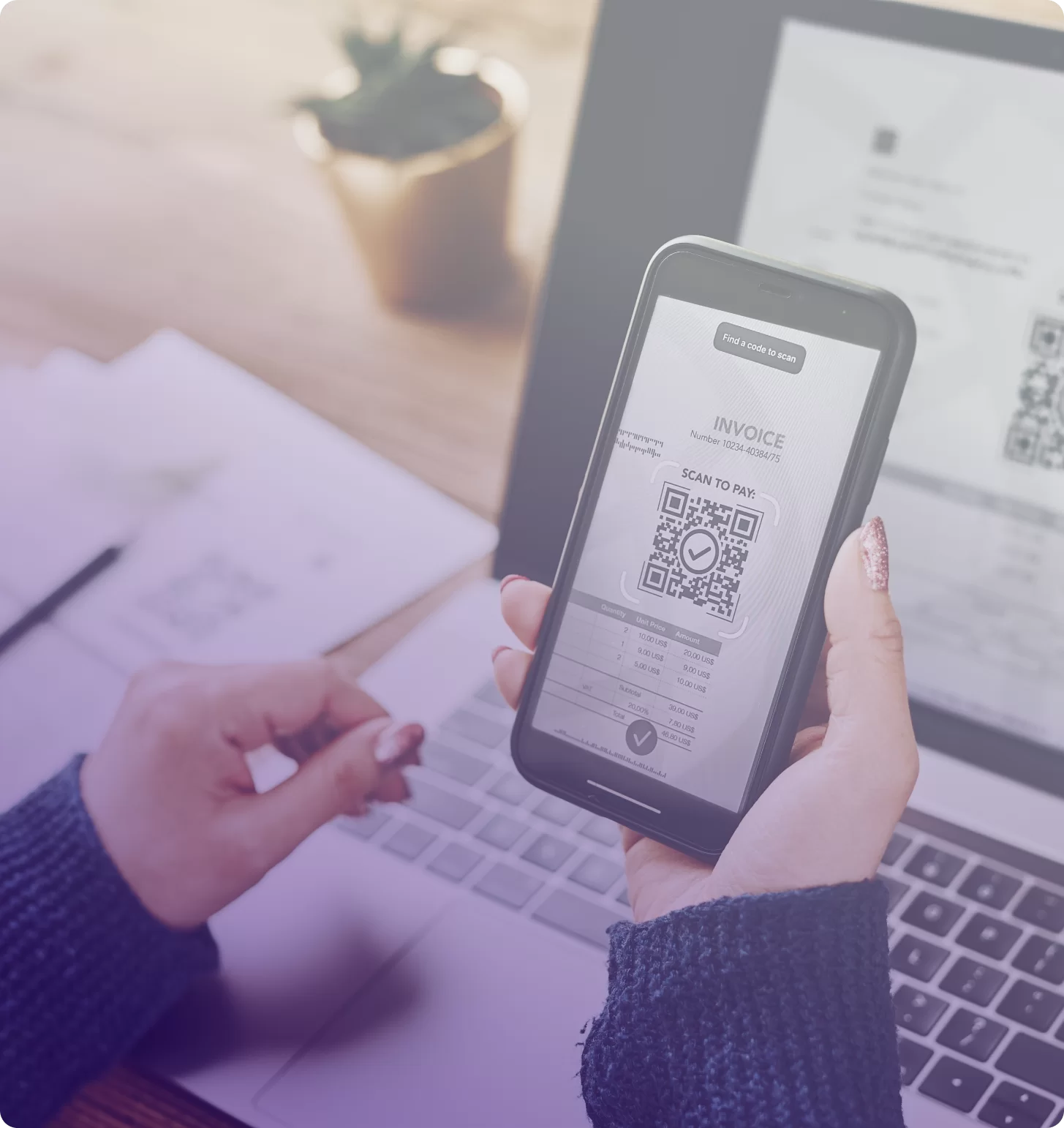The global move toward digital platforms has significantly impacted financial operations, including invoicing. e-Invoicing (electronic invoicing) is steadily becoming the standard for B2B and B2C transactions across various jurisdictions. Explore what this digital revolution means for global business and how it is transforming financial landscapes.
What is e-Invoicing?
e-Invoicing is the electronic exchange of the invoice document between a supplier and a buyer. The practice replaces traditional, paper-based invoicing, making the process more efficient, cost-effective, and environmentally friendly. With various countries mandating e-Invoicing for tax reporting, digital invoicing ensures that you remain compliant.
Global Adoption and Standards
Different countries have different requirements for e-Invoicing, making it crucial for multinationals to understand and adapt to these unique regulatory landscapes.

European Union
Mandated for all B2B intra-Community transactions, based on the EN16931 standard.
Latin America
Known for some of the most stringent e-invoicing regulations, including real-time invoice approval by tax authorities.
Asia-Pacific
Varying levels of e-invoicing adoption, with countries like Singapore leading the way.
United States
E-invoicing is accepted but not yet mandated at the federal level, though some states have specific requirements.
How the RTC Suite Makes a Difference
Cutting-edge Technologies
As more countries move towards mandating e-invoicing, it’s crucial for businesses to stay ahead of the curve. The integration of technologies like blockchain and AI could further streamline and secure the e-invoicing process.
Regulatory Compliance
RTC Suite ensures global compliance by automatically validating each e-invoice against local and international regulations. This real-time compliance check eliminates the risk of penalties and helps you stay compliant all around the world.
End-to-End Data Security
Our e-Invoicing solution ensures that your sensitive financial data is protected at all stages, from creation to storage and transmission.
Interoperability
Whether you’re using an accounting software, any ERP system or an in-house tool, RTC Suite seamlessly integrates, ensuring a smooth e-Invoicing transition.
RTC Suite e-Invoicing Solutions:
How does e-Invoice work?
There are significant differences between traditional invoicing and e-invoicing. The main differences are the processes and life-cycle of the invoice. Regular invoicing includes paper-based invoices. These invoices are printed out and delivered to the customer on a manual basis. The customer also enters the data of the invoice to the accounting system manually. However, these manual processes are eliminated with the e-invoicing. E-invoicing relies on structured data that devices can interpret and handle, enabling end-to-end automation throughout the entire invoicing process, starting from generation and to storage. In order to implement e-invoicing, an e-invoicing system which is capable of catching the necessary data from the ERP or other systems, converting this data into the necessary structured formats, and sending it to the designated destination is required. Depending on the technical and legal requirements, there are several options in this regard. This destination could be a direct receiver, the local tax authority, or an exchange network.
Benefits of e-Invoicing
There are multiple benefits of e-invoicing for businesses and authorities. It enables to save costs due to the diminishing of paper usage, saves time for processing the invoice from sending to issuing, improves accuracy, reduces errors, delays and manual interactions. Authorities benefit from e-invoicing in terms of the transparency, accuracy, and reduction the VAT gaps.
Legal Requirements of the e-Invoicing
There are several requirements for e-invoicing. These requirements may differentiate from country to country. However, there are also couple of standard format requirements such as; PEPPOL, XML, UBL, PDF and so on.
What is PEPPOL e-Invoicing?
Pan-European Public Procurement Online, also known as PEPPOL, is an invoice exchange network which has certain standards and requirements for exchanging electronic documents. Peppol network has been used in several European countries in addition to Japan, Singapore, Australia and New Zealand and so on.
Besides, Peppol has its own standards and requirements for electronic data and document exchange. It uses a model called the “four-corner model”. The four corners are: the sender, the sender’s service provider, the buyer’s service provider and the buyer. The electronic data shall be exchanged via these providers, or called Peppol Access Points.
Talk to Our Experts
Book a one-on-one session with our experienced team for personalized guidance on shaping your Tax Technology platform strategy.
e-Reporting
RTC Suite simplifies the process of generating and submitting electronic reports, ensuring efficient and accurate compliance with reporting requirements. Experience the ease and efficiency of E-reporting for streamlined compliance reporting.
SAF-T
By generating and sharing electronic files containing detailed transactional data, SAF-T (Standard Audit File for Tax) enables businesses to streamline tax reporting, ensuring transparency and compliance with tax regulations. Stay ahead in tax compliance with SAF-T integration.
e-Invoicing
Our e-Invoicing Solution simplifies invoicing with support for diverse standards, periodic and real-time reports, and compliance with VAT reporting. Streamline processes, improve efficiency, and access valuable insights while ensuring international compatibility. Our dedicated support team is ready to assist you.
ViDA
ViDA, short for VAT in Digital Age, offers organizations the ability to unlock valuable compliance insights through advanced analytics and reporting capabilities. Gain a visual and interactive exploration of your compliance data, enabling informed decision-making and proactive risk management.